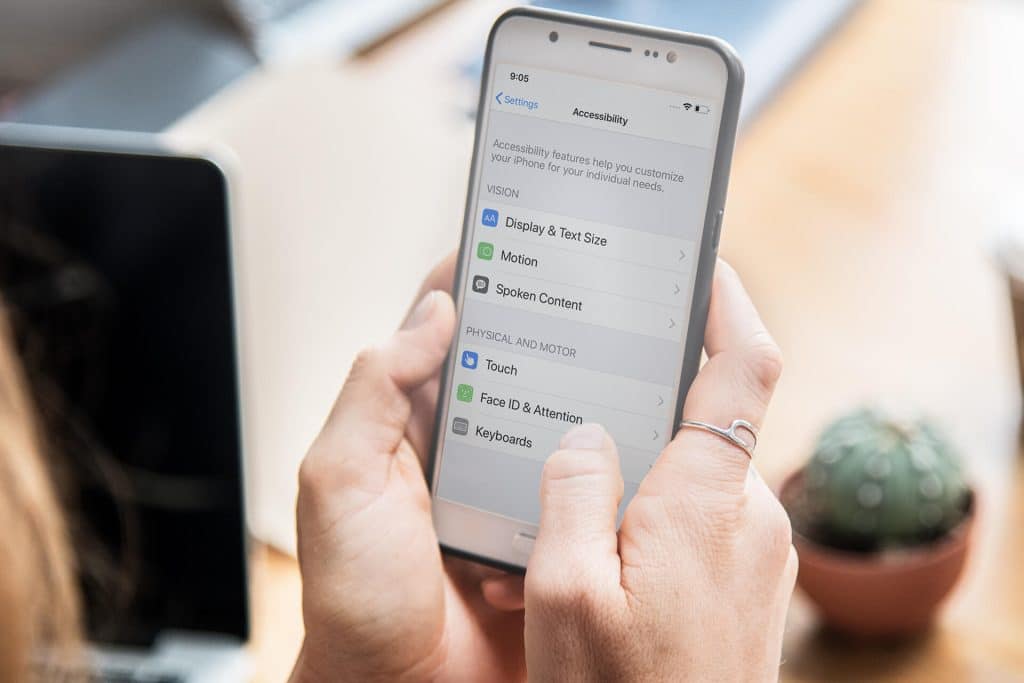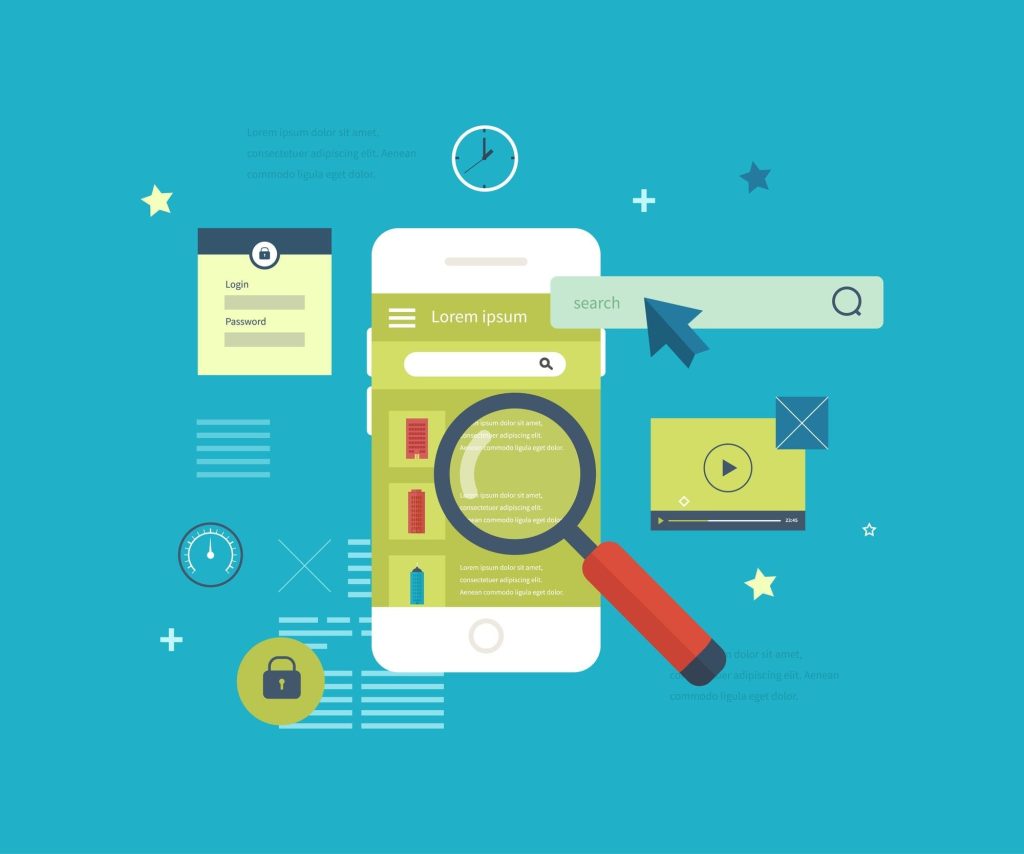In today’s digital age, mobile applications have become an integral part of our lives, facilitating tasks ranging from communication and productivity to entertainment and shopping. However, while the proliferation of mobile apps has undoubtedly improved our daily routines, it has also posed challenges for those with disabilities. This is where the concept of designing for accessibility and inclusion comes into play. In this blog post, we will explore the importance of designing mobile apps with a focus on accessibility, ensuring they are usable for everyone, regardless of their abilities. We’ll delve into UX accessibility, universal design, and provide practical tips to make your mobile apps more inclusive.
The Significance of Designing for Accessibility and Inclusion
Bridging the Digital Divide
In a world where technology increasingly dominates our lives, mobile apps must be accessible to everyone, including those with disabilities. This isn’t just about meeting legal requirements or checking a box; it’s about ensuring that all individuals, regardless of their physical or cognitive limitations, can fully participate in the digital landscape.
Designing for accessibility and inclusion isn’t just an ethical responsibility; it’s also a smart business move. According to the World Health Organization (WHO), over one billion people, or approximately 15% of the global population, live with some form of disability. By catering to this sizable market, you not only expand your user base but also improve your brand’s reputation as one that values diversity and inclusivity.
The Essence of UX Accessibility
User experience (UX) accessibility is at the heart of making mobile apps truly inclusive. It involves creating an interface that is easy to navigate, regardless of the user’s abilities. This means considering factors such as screen readers for the visually impaired, voice command functionalities for those with motor disabilities, and clear and simple language for those with cognitive impairments.
An accessible user experience isn’t just about ticking boxes on a checklist; it’s about empathy and understanding. By putting yourself in the shoes of users with disabilities, you can identify pain points and design solutions that genuinely enhance their mobile app experience.

Universal Design Accessibility: A Key Principle
What is Universal Design?
Universal design is a foundational principle when it comes to designing for accessibility and inclusion. At its core, universal design seeks to create products and environments that are usable by all people, to the greatest extent possible, without the need for adaptation or specialized design. When applied to mobile app development, it means creating apps that are inherently accessible from the start, rather than retrofitting accessibility features later.
The Benefits of Universal Design
Universal design benefits not only users with disabilities but also the broader user base. It leads to more intuitive and user-friendly interfaces that can be appreciated by everyone. When your mobile app is easy to use for individuals with diverse abilities, you’ll likely see increased user engagement and customer satisfaction.
Moreover, universal design can save both time and resources. Retrofitting accessibility features into an existing app can be a complex and costly process, whereas designing with accessibility in mind from the beginning is more efficient and cost-effective.
Practical Tips for Designing Accessible Mobile Apps
Conduct Accessibility Testing
One of the first steps in designing for accessibility is to conduct thorough accessibility testing. This involves testing your app with real users who have disabilities to identify any barriers or challenges they encounter. Consider their feedback seriously and use it to make improvements to your app’s design and functionality.
Mobile Apps Research: Staying Informed and Adapting
To ensure your commitment to designing for accessibility and inclusion remains steadfast, it’s essential to stay informed about the latest developments in the field. Engaging in mobile apps research allows you to keep up with evolving accessibility standards, emerging technologies, and user preferences. By regularly conducting user research, usability testing, and staying attuned to accessibility best practices, you can adapt your mobile app to meet the changing needs of users with disabilities. Remember that research is not a one-time effort but an ongoing journey towards creating truly inclusive and accessible design mobile apps.
Prioritize Keyboard Navigation
Keyboard navigation is a fundamental aspect of accessibility, especially for users with mobility impairments who may rely on keyboard inputs instead of touchscreens. Ensure that all interactive elements in your app can be accessed and used easily with keyboard inputs, including navigation menus, forms, and buttons.
Use Semantic HTML
Semantic HTML plays a crucial role in ensuring that your app is accessible to screen readers and other assistive technologies. Use appropriate HTML tags to convey the meaning and structure of your content. For example, use heading tags (H1, H2, H3, etc.) to organize content hierarchically, and use alt text for images to provide meaningful descriptions.
Provide Alternative Text for Images
Images are an integral part of many mobile apps, but they can be a barrier to users with visual impairments. Always provide descriptive alternative text (alt text) for images so that screen readers can convey the content and context of the images to users who cannot see them.
Ensure Proper Color Contrast
Color contrast is essential for users with visual impairments, as well as those who may be viewing your app in bright sunlight or low-light conditions. Ensure that text and important elements have sufficient contrast against the background to make them easily readable.
Achieving Inclusive Design
Embrace the Principles of Inclusive Design and accessible
Inclusive design goes beyond just meeting accessibility standards; it’s about actively seeking to create products that are usable and enjoyable by the widest range of people possible. It means considering diversity in your user base from the outset and designing for all.
Involve Users with Disabilities
To truly achieve inclusive design, involve users with disabilities in the design and testing process. Their insights and feedback are invaluable in identifying potential barriers and ensuring that your app is truly inclusive.
Continuously Iterate and Improve
Designing for accessibility and inclusion is an ongoing process. Mobile apps evolve, and so do the needs of users with disabilities. Keep listening to feedback, staying updated on accessibility standards, and making improvements to your app to ensure that it remains inclusive over time.

Conclusion
In conclusion, designing for accessibility and inclusion is not just a checkbox on your development to-do list; it’s a commitment to creating a digital world that is open and welcoming to everyone. By focusing on UX accessibility, embracing universal design principles, and following practical tips for accessibility, you can make your mobile apps usable for all, regardless of their abilities.
Remember that accessibility is not a one-size-fits-all solution; it requires empathy, understanding, and ongoing effort. But the benefits are well worth it. You’ll expand your user base, improve user satisfaction, and contribute to a more inclusive digital landscape where everyone can participate fully. So, let’s make mobile apps that truly leave no one behind – it’s not just good design; it’s the right thing to do.
What is inclusive design and accessibility?
Inclusive design refers to the practice of creating products, services, and experiences that are usable and accessible to as many people as possible, regardless of their abilities or disabilities. Accessibility, on the other hand, focuses specifically on ensuring that individuals with disabilities can access and interact with digital content, technology, and physical spaces. Both inclusive design and accessibility aim to eliminate barriers and promote equal opportunities for all individuals.
What does designing for accessibility mean?
Designing for accessibility means creating websites, applications, or products that can be used by individuals with disabilities. It involves incorporating features and elements that make the content perceivable, operable, understandable, and robust for users with different abilities.


